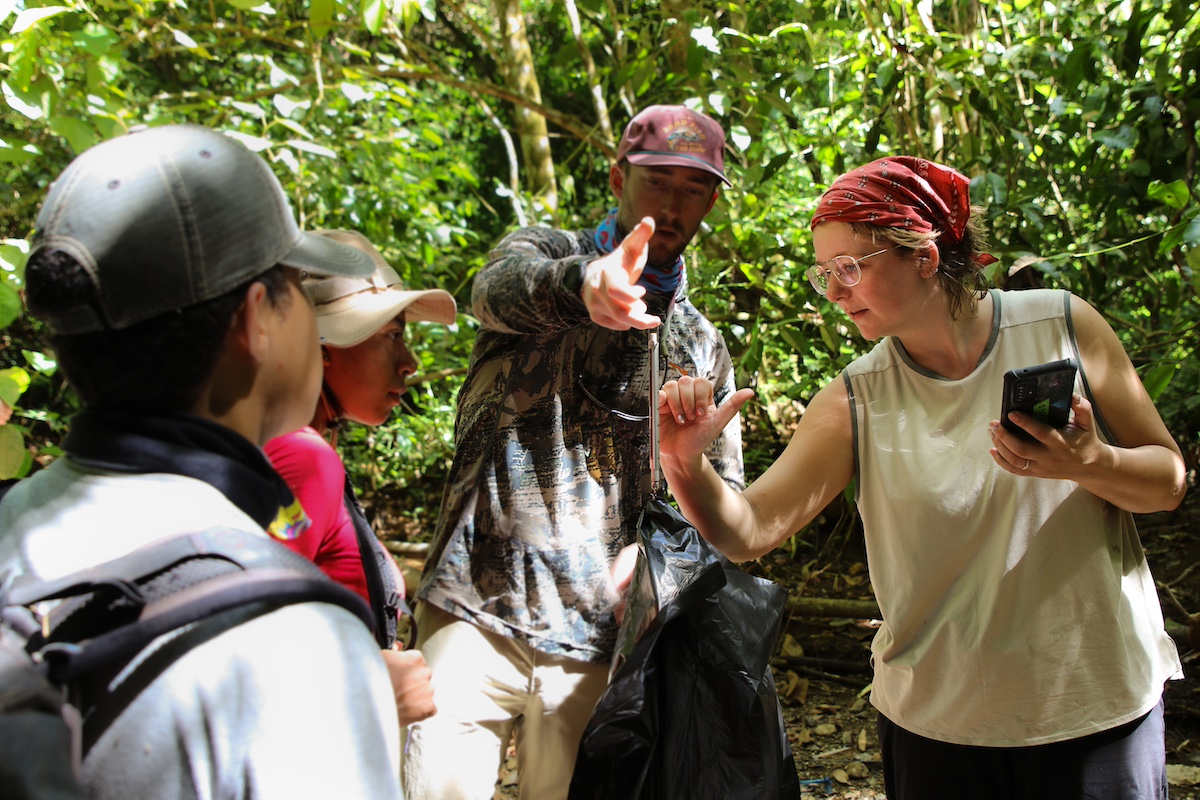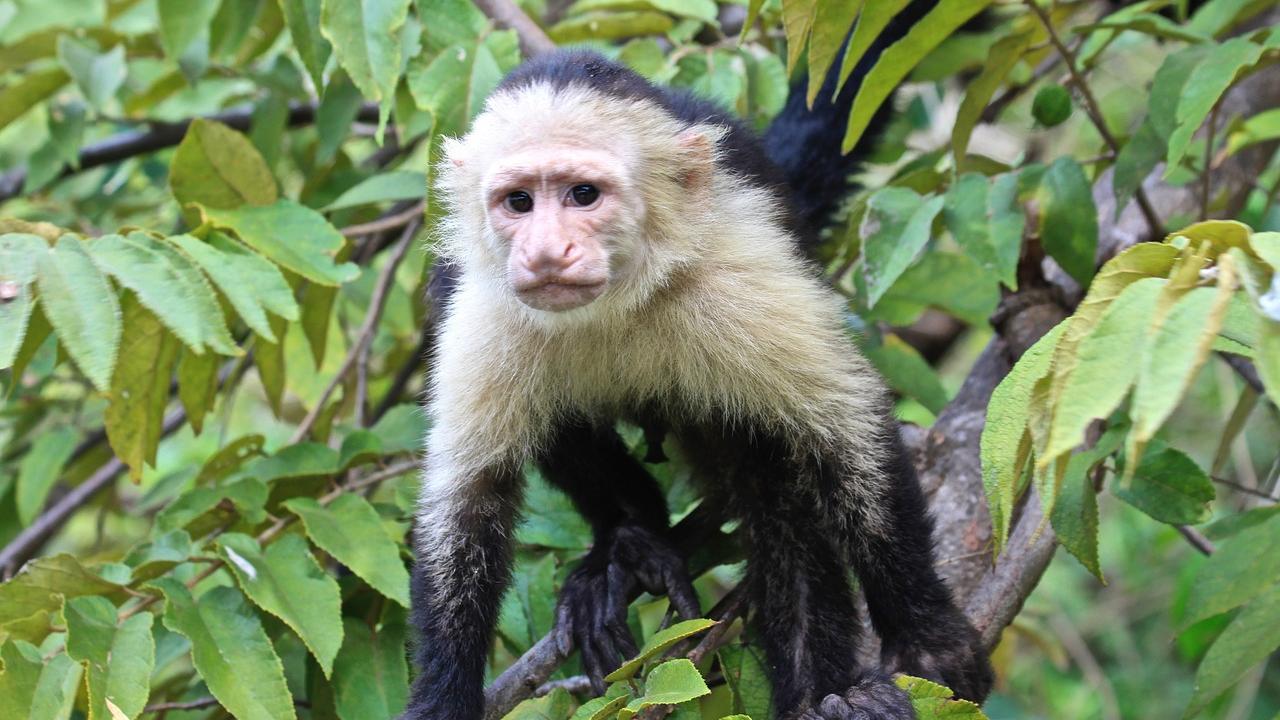
The use of stone tools by the white-faced capuchin monkeys was first noticed by a botanist.
In 2004, while collecting observations for her book Guía Botaínica del Parque Nacional Coiba (Botanical Guide of Coiba National Park), Alicia Ibáñez noticed that some of the monkeys living in Coiba National Park used rocks to crack open sea almonds.
“It was just kind of offhandedly mentioned and if you’re not within the field, you don’t necessarily realize how exciting that is,” said Meredith Carlson, a UC Davis Ph.D. candidate in the Department of Anthropology’s evolutionary wing. “So, she published this in her book and then, eventually, it made its way to the right people who were interested in that sort of thing.”
Among those people was UC Davis Associate Professor of Anthropology Nicolas Zwyns, a field archaeologist specializing in stone tools. While stone tool use has been observed in other wild primates, including chimpanzees, robust capuchins and macaques, the white-faced capuchins of Coiba National Park provide a unique natural laboratory to study the evolution of stone tool use in real-time.
“Those islands are the only place in the world where this particular species of monkey is known to use stone tools and it’s really concentrated in two little populations, when we think about archaeology, it means looking at ancient artifacts to learn something about humans. My research is really about combining methods of archaeology, so that as a way of doing science, with questions more about living primates.”
— Meredith Carlson
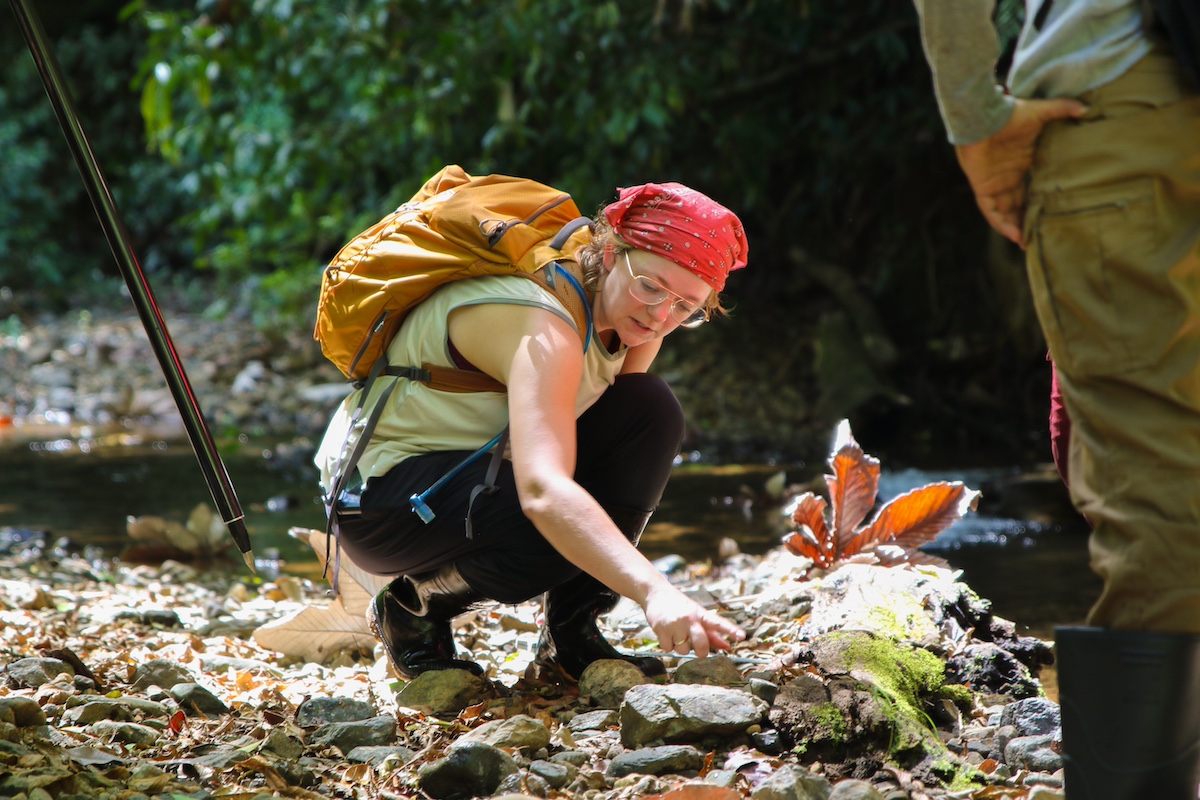
The rise of percussion behavior
For the last six years, Carlson has studied the ongoing development of stone tool use in white-faced capuchins on the islands of Coiba and Jicarón, both located within Coiba National Park. The islands are separated by about 22 kilometers, and on each island, there are multiple populations of white-faced capuchins. But according to Carlson, only about one or two groups per island showcase “percussion behavior,” or hammering stuff open with rocks.
“Their favorite food to open with tools is sea almond nuts, but they’ll also occasionally go after other things, like hermit crabs, which there’s a ton of in this area, Halloween crabs, which are this kind of spooky-looking purple land crabs, and coconuts.”
— Meredith Carlson
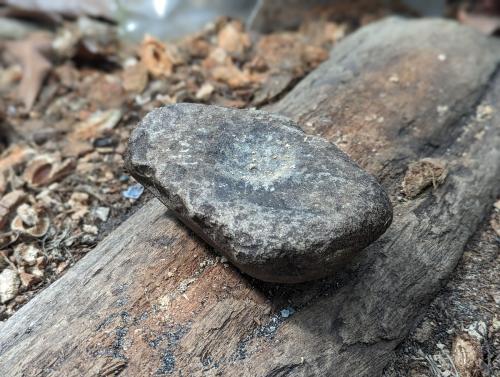
What’s curious about the stone tool use of the Coiba National Park’s white-faced capuchins is the fact that the behavior doesn’t seem to be widespread. This has led Carlson and other researchers to ponder how stone tool use arises. Does it arise independently or is it culturally transmitted? If it arises independently, why in these specific populations and not others?
“It actually seems to be pretty limited in how much it spreads and transmits, which was really surprising to me because it seems what a great thing to do,” Carlson said. “You get more out of your environment, make more of your circumstances.”
In a paper published by Royal Society Open Science, Zywns and others posited four hypotheses regarding the origin and use of stone tools in animals. One theory suggests that the availability of materials that can be used as tools drives tool usage. Another proposes that embedded, or hidden, foods cause animals to seek out tools for extraction purposes.
No conclusion has been reached yet for origin of stone tool use in white-faced capuchins.
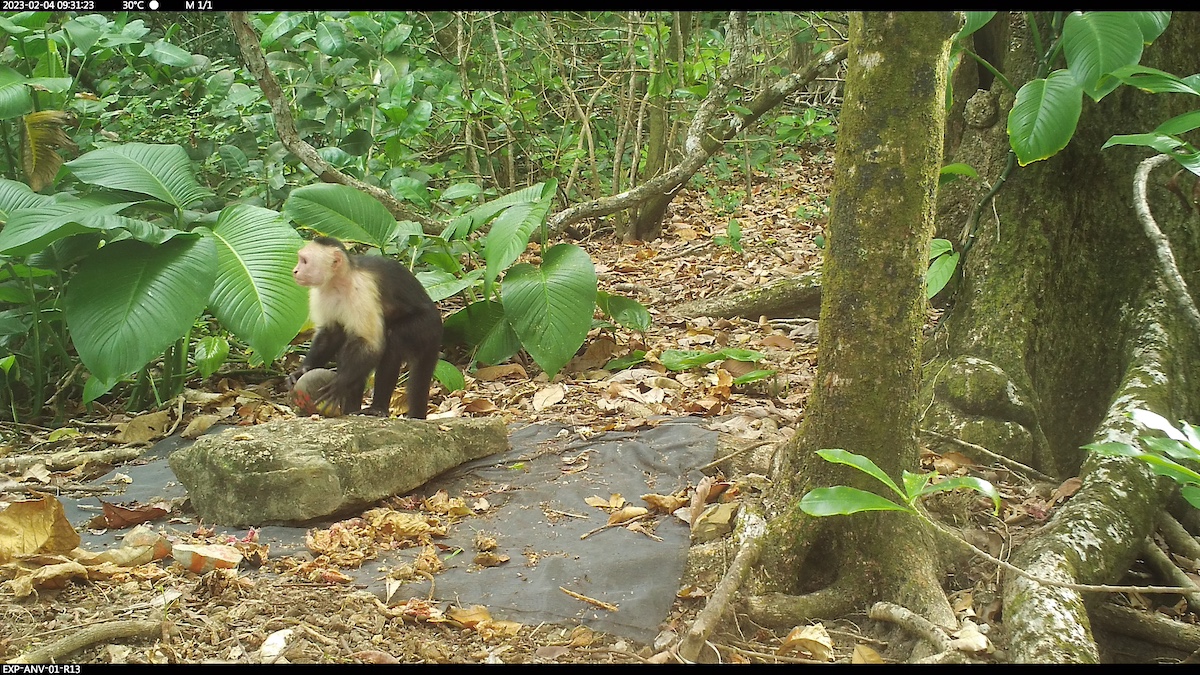
Primate archaeology in action
With the discipline of primate archeology being so new, Carlson has a hand in helping define it. Long fascinated by questions about humanity’s origin and evolution, she solidified her interest in archeology while studying for her undergraduate degree in anthropology at Bryn Mawr College. During that time, she attended field schools in Kenya, a hotspot for human evolution research.
“When I arrived at UC Davis, I knew I was interested in this idea of tool use in general, maybe the early origins of it, but I did not yet have a connection to a non-human primate project,” Carlson said.
That changed when she met Zwyns, who was seeking someone to take the lead on the archaeological component of the fieldwork in Coiba National Park. For Carlson, who’s traveled to the field site five times, that shift from studying humans to non-human primates opened a door to possibly better understanding the archaeological record.
“One of the really cool opportunities of studying living primates is you actually watch how one thing becomes the other,” said Carlson, who’s collecting video recordings of stone tool use in white-faced capuchins. “We get to see how some behavior captured on video turns into a pile of nutshells and stones over months and years. We can sort of test out, does the archaeological record really form the way we assume it does.”
